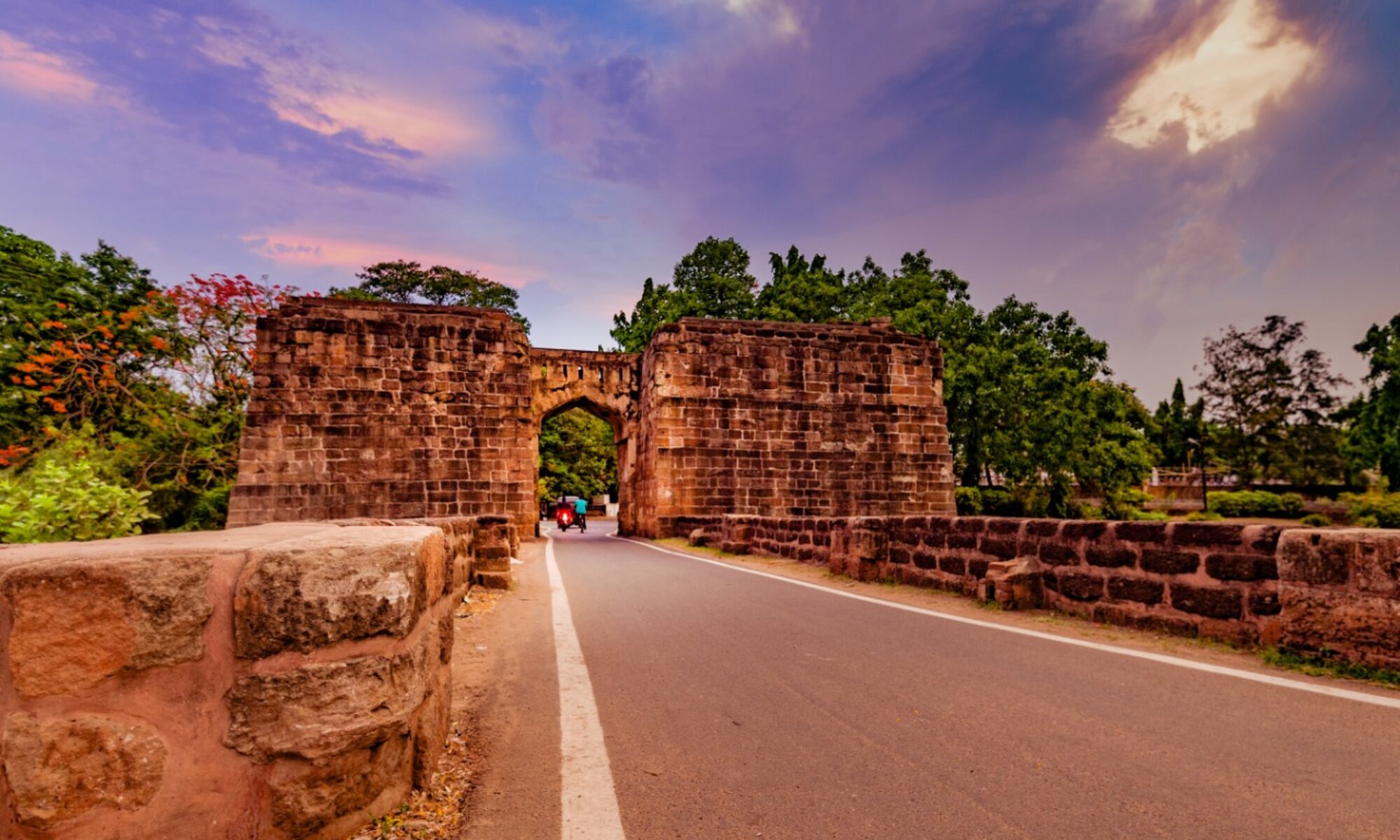
The ancient imperial citadel of Odisha, the fortress of Barabati, also a masterpiece that stands ruined and dilapidated today, is a testimony of what was once a shining example of Odia architecture and craftsmanship, apart from being a symbol of Odia military might. Today it almost lies submerged in deep flora, fauna, dense vegetation and wilderness. It was the seat of political power and civil-military administration through centuries. This ancient fortress has witnessed several rise and falls of kings and their empires, It withstood wars, betrayals, deceit, siege, and invasions and continues to remind the lost glory and pride of Odisha in the modern times.
The fort is located at Barabati, Cuttack, the ancient city, which is known for its world famous silver filigree art. The name Cuttack is an anglicized version of Kataka, meaning military cantonment in Sanskrit. The fort is strategically located near the confluence of the two rivers, such as the mighty Mahanadi and its tributary Kathjodi, not far from where they finally merge into the Bay of Bengal. It was a vibrant hub for trading and commercial activities as well, the history of which can be traced in the annual Bali Jatra , that marked the beginning of a traditional voyage by Odia sailors to south-east Asian countries. Flanked by these two rivers, Fort Barabati , thus stood tall amid the thick and thin of time.

Structural Marvel and Architectural Grandeur of the Fortress: An Archeological Heritage
The Khondalite stone fortress is surrounded by a moat (Gada Khai), which was constructed possibly for strategic defense purpose at a later stage during the reign of Gajapati, King Kapilinedra Deva (1434 – 1466 A.D). He used to be on long military campaigns in northern Odisha and subsequently ventured into southern India. During his military expeditions, many forts were built in the annexed territories like Medinapore , Nellore , Kondavidu to name a few. This expansionist and militaristic agenda of the King required a robust defense and military strategy that included the fortification of his fort at Barabati. As part of that grand strategy, a moat was constructed around the Barabati fort, which deterred the invaders for a long time.

Looking at the present condition of this moat, one finds it to be swampy and full of dense weeds and hyacinth vegetation growing over it. Algal bloom, which increases the BOD (Biological Oxygen Demand), COD (Chemical Oxygen Demand) and growth of weeds which prevents sunlight to enter the moat. These factors are detrimental for aquatic and marine life by depleting oxygen levels in the water.

Colonized by various conquerors in the past and now covered by dense green weeds, ferns and moss, Barabati struggles to reclaim her rightful place in history and to attract the attention of the conservationists. Now what remain are the Moat (Gadakhayi), a grand stone structure, the Eastern Gateway and the plinth of the Palace, which makes one relive the memories of the glorious past.




